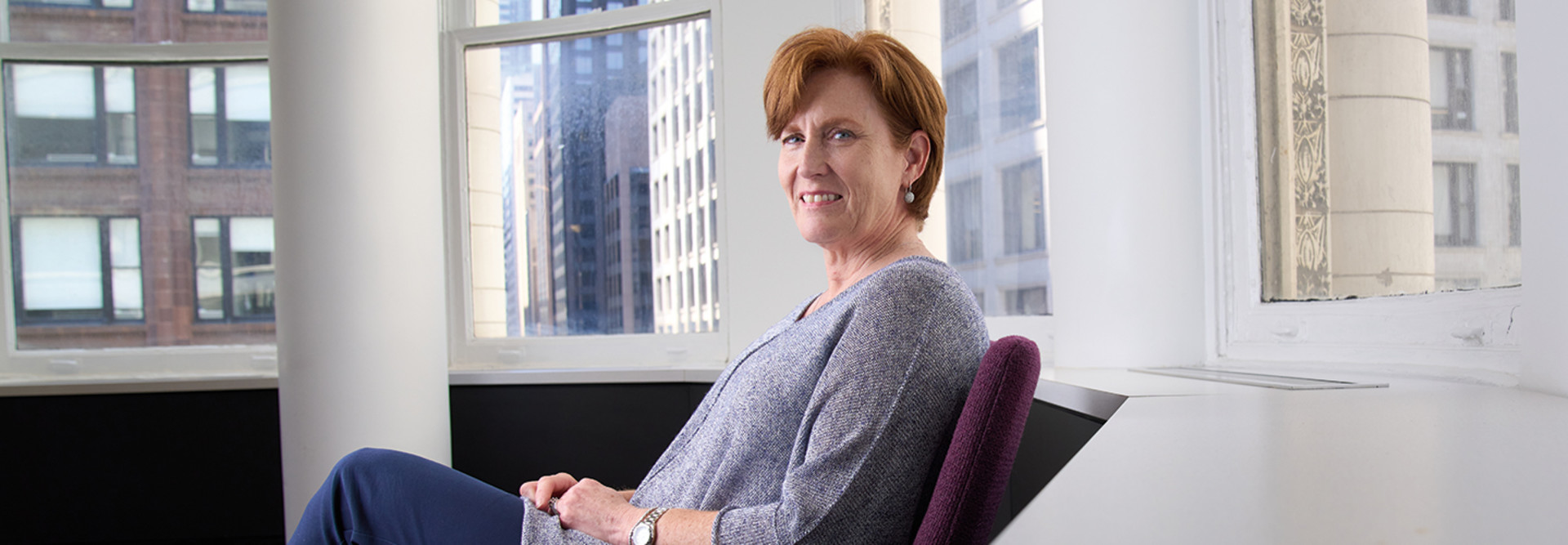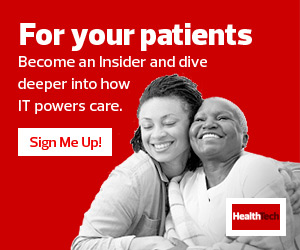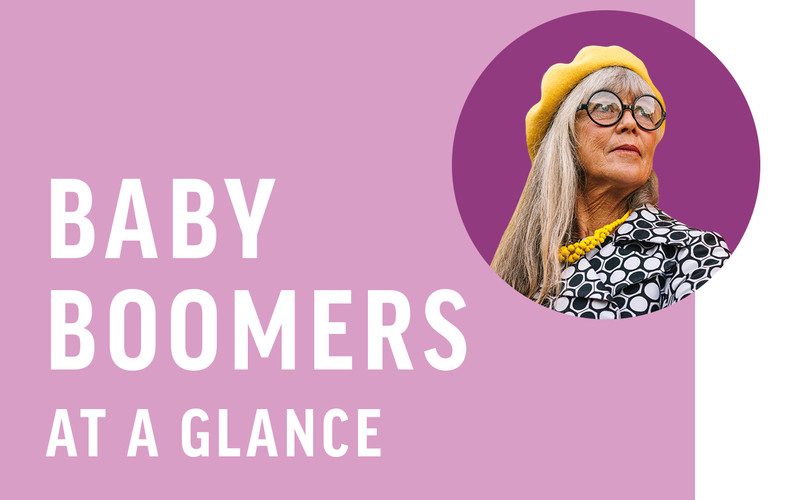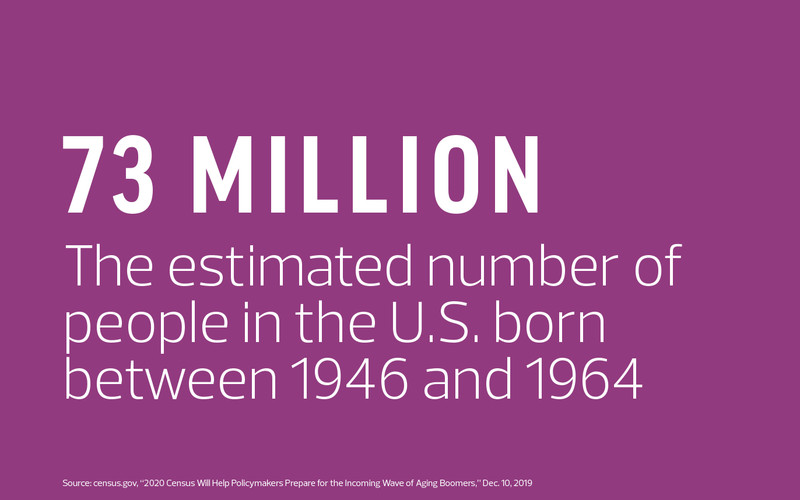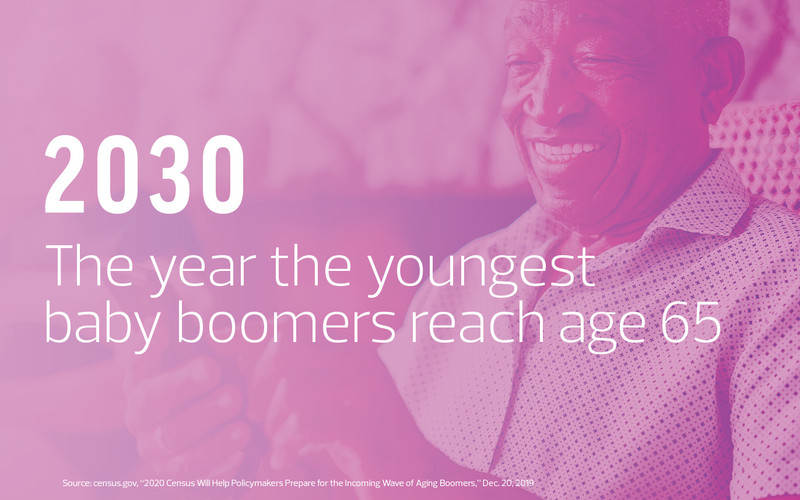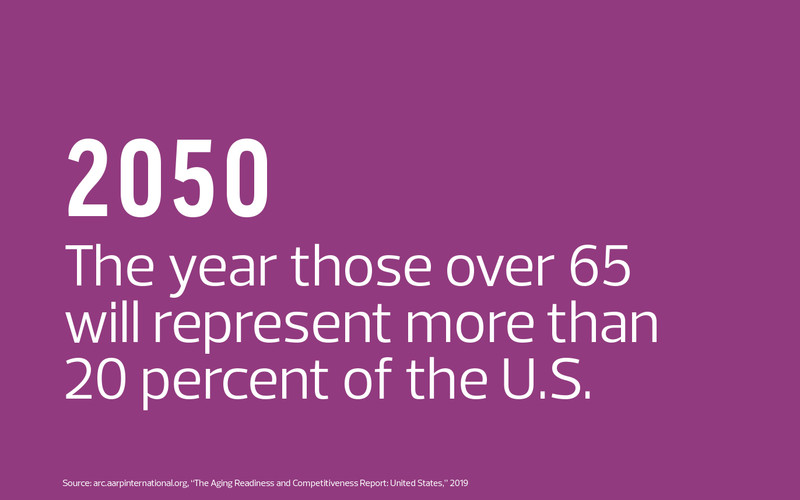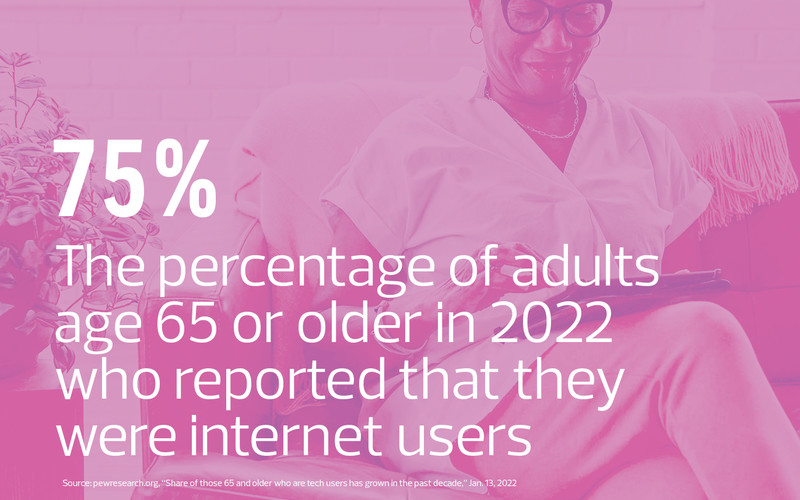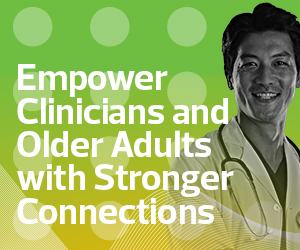The next area of focus, he adds, includes mobile technology that can help connect a fragmented healthcare system and facilitate increased productivity.
“Technology is about enabling the employees, now more than ever,” Crownover says. “We need to strengthen the ability of caregivers to provide better care with increased demand.”
As for communication among different care providers, Crownover says this is a challenge that still needs to be addressed: “Home healthcare agencies, nursing homes and hospitals aren’t connected digitally. The No. 1 thing we need is interoperability between members of the care continuum.”
WATCH: Northwell Health strengthens seamless communication for better collaboration.
Home Healthcare Providers Stay Nimble with Mobile-Friendly Tools
Chicago-based Help at Home is creating a more tech-enabled environment to help employees streamline their administrative tasks so they can focus on client care.
The company, which has been in the home healthcare business for more than 45 years, has locations in 12 states with 190 branches, 49,000 expert caregivers and 67,000 clients. A recent acquisition of two New York-based home care organizations expanded its footprint.
Help at Home’s long-term plans include reliance on innovative technologies, says Jenna Urban, vice president of business transformation.
“Our business model is based on engaging our clients with the right caregivers,” Urban says. “We realized our employees needed more mobile-friendly tools to do their jobs, which we implemented with a strong focus on effective change management.”
This included surveying employees about their current technology use, evaluating electronic visit-verification tools and thoughtfully designing training.
But new technology adoption doesn’t happen overnight, adds CIO Carole Hodsdon.
“It’s one thing to roll out a new system; it’s another thing to make sure people use it,” Hodsdon says. “We developed a feedback loop to understand where issues are so we could address them consistently. By doing that, we retain more employees, creating better lives for our clients as well.”



